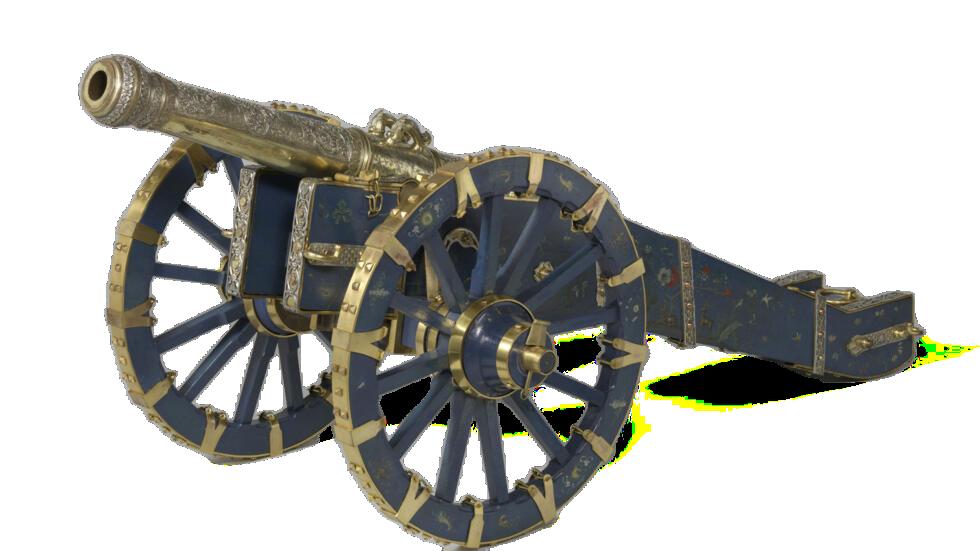
8 minute read
Cannon of Kandy: a modern symbol of post-colonialism and reparations
written by jake roiter
"A day will come when a cannon will be exhibited in museums, just as instruments of torture are now, and the people will be astonished that such a thing could have been” - Victor Hugo
Advertisement
Oftentimes, conversation surrounding colonialism revolves around its finality, often referred to in the past-tense. However, some may say it is an ongoing peril of western hegemony under a cloak of diplomatic relations. Although this claim is contestable in the realm of international relations, what is not contestable is the extant remnants of colonialism, and more specifically, the stolen artifacts across museums across Europe, purloined often through hostile means. However, in a decision which will certainly be cemented in history, the Rijksmuseum in Amsterdam will send hundreds of looted artifacts to Sri Lanka and Indonesia. One of these artifacts includes the ‘Cannon of Kandy.’ One may view this cannon through the lens of each passing era. First embodying the might and opulence of Kandyan Empire, then the exotification of the ‘Orient’ in display as a trophy of Dutch imperial hegemony, and finally, a precedent for colonial powers as a whole in an effort to offer reparations. One may hope that the repatriation of artifacts, such as the Cannon of Kandy, works as a harbinger of stability to a Sri Lanka in crisis, in the shadow of the once prosperous kingdom of Kandy.
Kandy was revered during its time as a strong and wealthy empire, resisting incursions from Kingdoms throughout India, as well as its neighbor Kotte, although eventually falling to colonial influence under the guise of trade and bilateral relations. The commencement of Dutch influence on the island of Sri Lanka can be largely dated to the Treaty of 1638 whereby the empire agreed to aid Kandy in deterring Portuguese rule, which was largely oppressive. However, the Dutch themselves had succeeded the Portuguese with authoritative rule - akin to that of the Portuguese Thus, in 1761, King Kirthi Sri Rasingha ordered the attack on Dutch forts and garrisons, namely at Matara The success and weakening of Dutch troops had shocked colonial armies across the Indian subcontinent In 1762, with fear of Dutch retaliation, the King had conversed with John Pybus, the English governor of Fort St George in Madras for military assistance The English themselves were keen to disrupt the Dutch East India Company in prospect of monopolizing the cinnamon trade, and thus agreed to help Despite this, the Dutch retaliation in 1765 had caused significant casualties for both the Kandyans and the English In 1766, the Kandyans were forced to sign a treaty, conceding coastal lands to the Dutch Furthermore, the governor of Nederlands-Ceylon at the time, Lubbert Jan baron van Eck, had ordered troops from the Dutch East India Company to raid any valuables in sight during the temporary conquering of the Kingdom One item seized during the raid was the aforementioned ‘Cannon of Kandy’ which was presented to William V, Prince of Orange, who stored it in the Royal Cabinet of Rarities in The Hague In 1875, it was given to the Rijksmuseum, and remains there to this day
A marvel emulating Sri Lankan prosperity, the Cannon of Kandy was a ceremonial 18th century weapon constructed with bronze, silver and gold and adorned with rubies To flourish, the barrel is decorated with a sun, a half-moon and a Sinhal li (RIJKSMUSEUM)
The victory of the Dutch signified a gradual dissolution of the Kandyan’s prosperous empire Colonialism effectively drained lands of natural resources, wealth and emblems of culture Many countries, entranced by the prospect of trade and thus ensuing economic benefits, fell into the clutches of European hegemony; powers who used euphemisms of “East India Company,” for a network of colonial forces and armies, and “trading posts” for forts and garrisons As a consequence of a Kandyan effort to assert their independence as a sovereign kingdom, retaliation surged with the determination to maintain Dutch influence on trade For approximately 400 years, Sri Lanka has been ruled by some colonial force - from the Portuguese, to the Dutch, to the British
The repatriation of the Cannon along with 478 colonial artifacts to both Sri Lanka and Indonesia has its origins in a 2022 Dutch committee meeting for the restitution of artifacts in state-owned museums Along with the ‘Cannon of Kandy,’ the ‘Lombok Treasure,’ composed of 335 items looted from Lombok, Indonesia as well as the ‘Pita Maha collection’ from Bali, will be repatriated with Indonesia

Controversy over stolen artifacts has sprung in recent times, with condemnation for the display of these artifacts in captivity This is partly because flaunting these artifacts had once intended to exhibit the power and extent of European empires to the common viewer As aforementioned, the ‘Cannon of Kandy,’ acted as a trophy for the success in deterring the Kandyan-threat in their effort to end Dutch influence in Sri Lanka. And it is this grandiosity that fuels nationalism, coaxing people of a nation to view colonialism as beneficial, that deems the custody of these artifacts corrosive. In order to end the romanticization of colonialism, former empires cede looted treasures back to where they originated. Thus, the Rijksmuseum’s decision to return these looted artifacts denotes the detachment of pride from colonialism, and furthermore, takes the form of reparations whereby the Dutch take accountability for their colonial history. However, whether this example of restitution of stolen artifacts will become a followed precedent is contestable. For example, the British Museum still harbors approximately 8-million stolen artifacts from around the world. This includes the Parthenon Sculptures to which the Greek government has been requesting repatriation for decades. In response to claims such as these, the British Museum cites the Museum Act of 1963, which prohibits the repatriation of works to their former countries.
The Cannon of Kandy, once revered in the west for its ‘splendidness’ through lens of i scramble for ink and paper. lost words in the mind, my static legs, a bubbling beat don’t say the same line, it’s all i ever hear from you i want to hear more from you about things that matter to us frustrated at you because im frustrated at me my static legs. no stencil in the air for my body to fill so i jump into clear blue waters. jump after me, i want to swim with you… above the corals where the sea is soft mooncake, big breasts, i fill my mouth because it comforts me i use my sister’s expensive hand lotion, in hopes that one day, when you hold my hands they’ll be soft, and you’d want to hold them… i believe this song is called “love theme”, oh no that’s the other one... this one’s lighter, sweeter. i wonder what it’s called i went ahead and checked it’s called “after the quake” & i wonder what that means. sex? after sex? well that’s kinda sweet wish you could hear it maybe next time
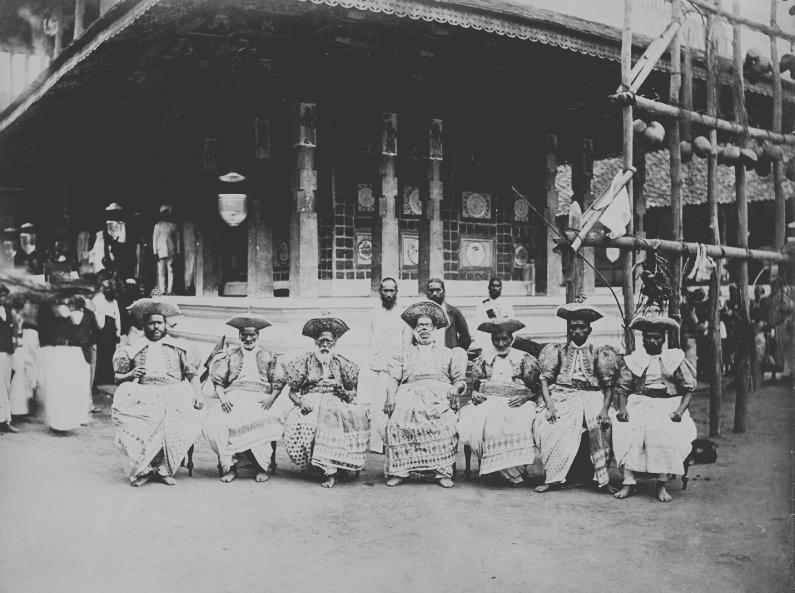
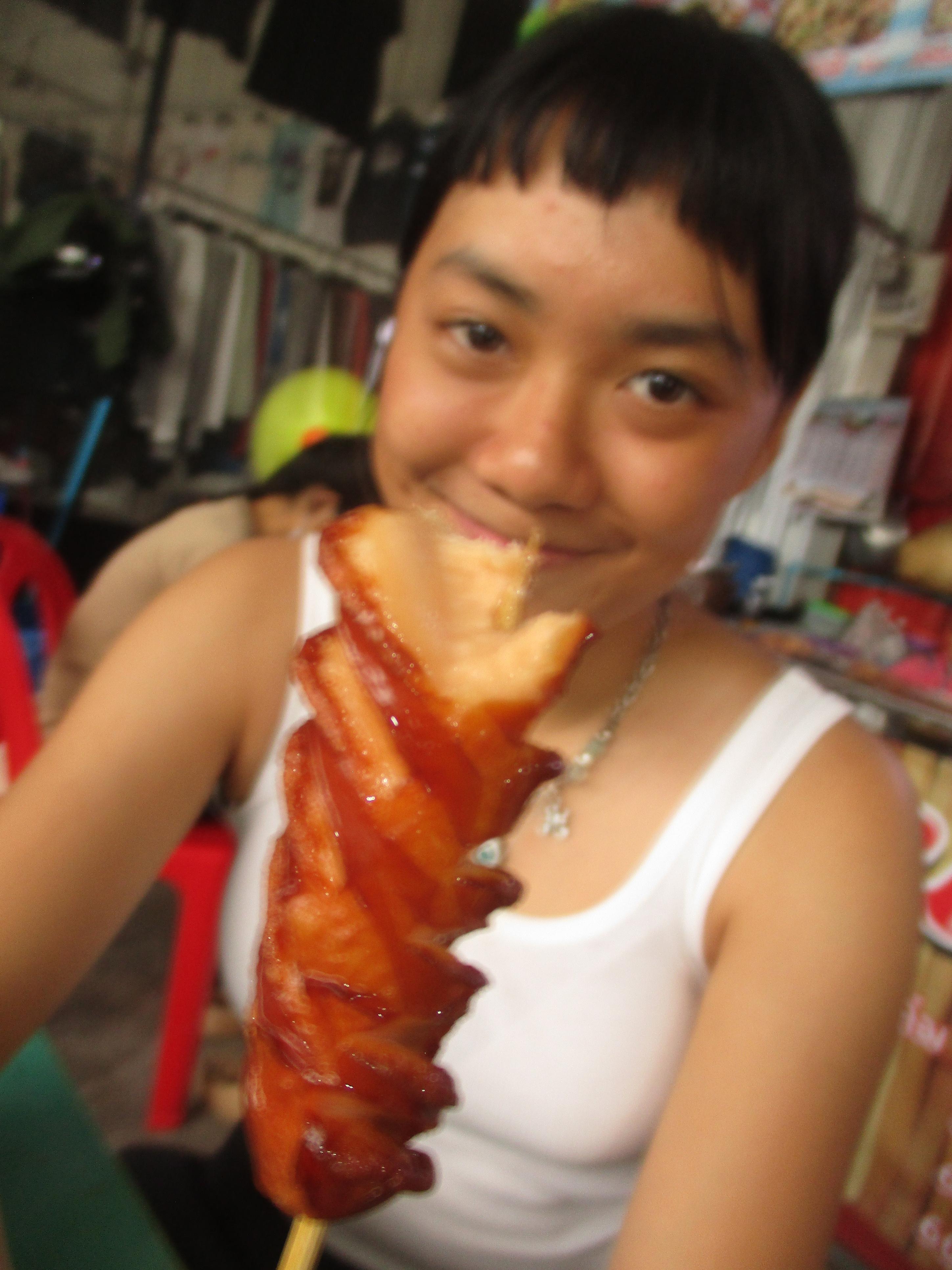

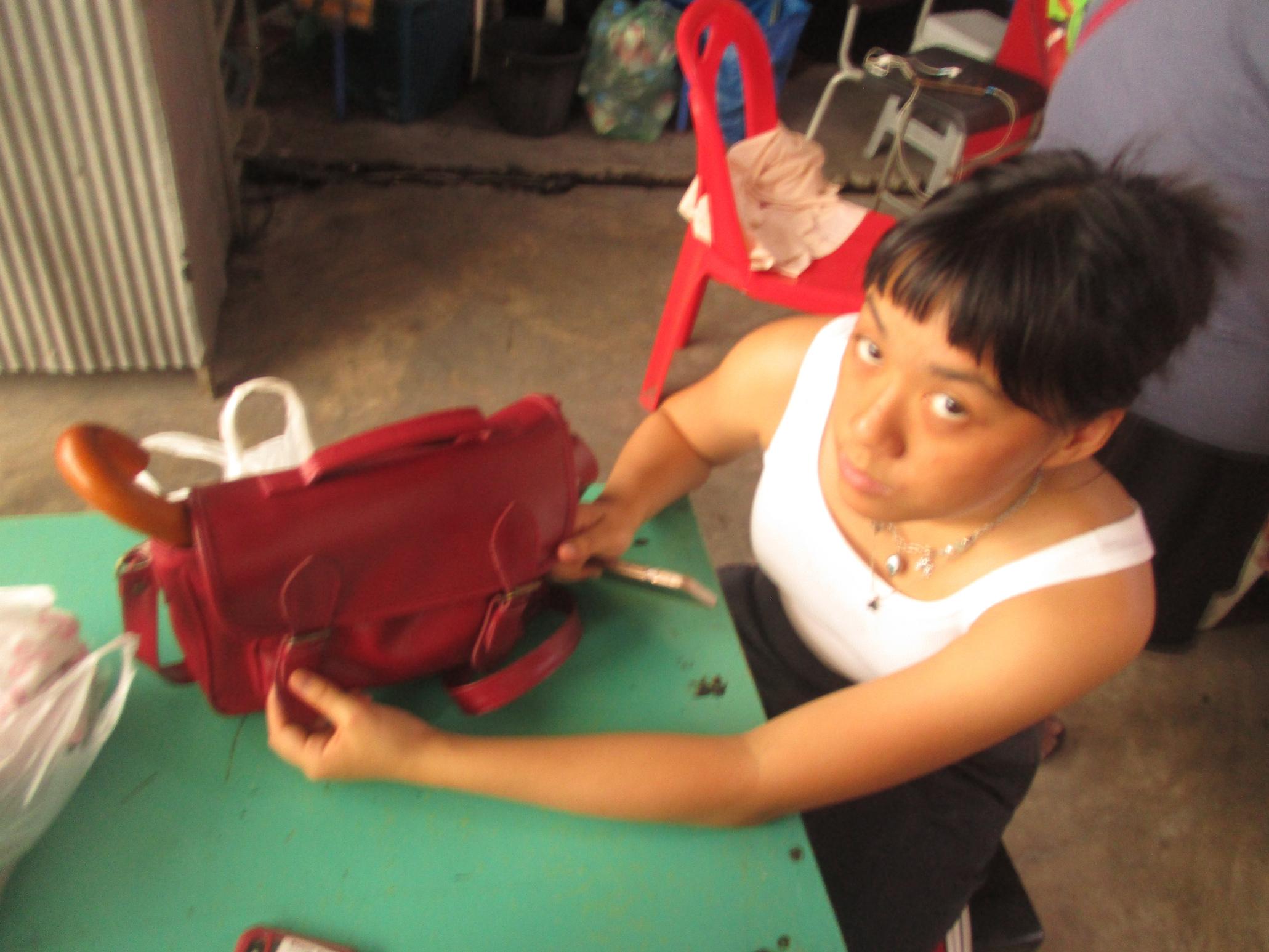

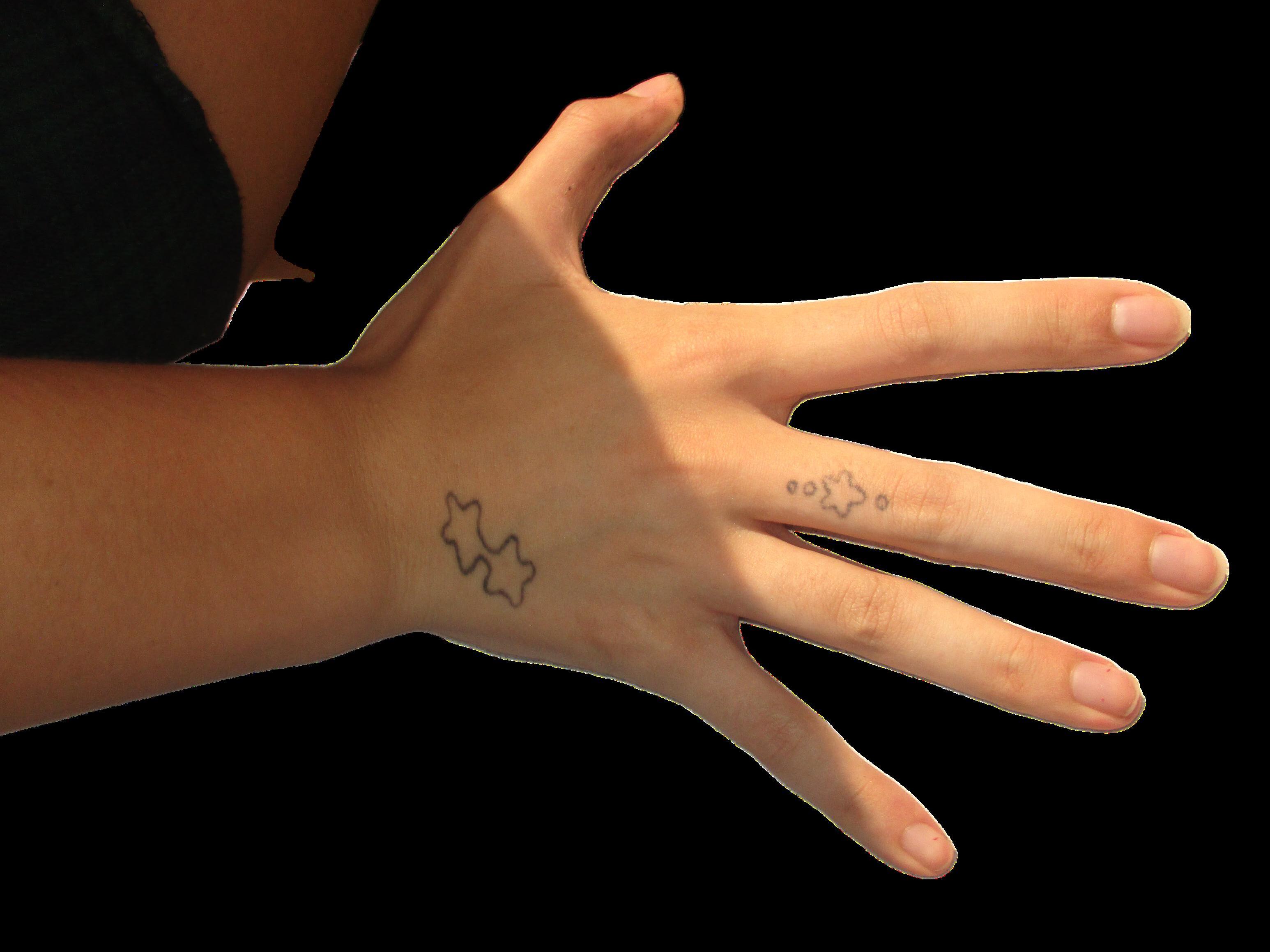

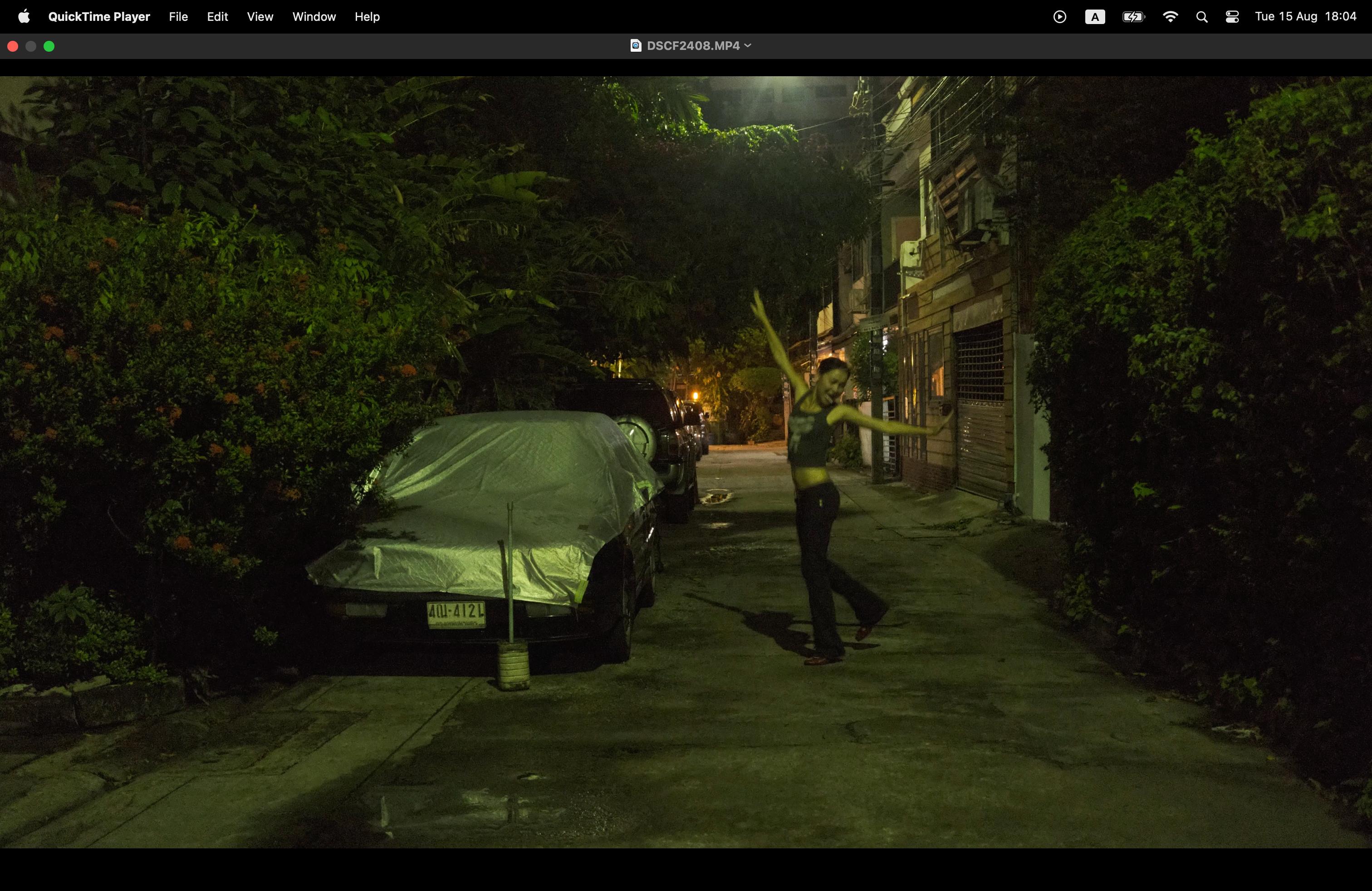
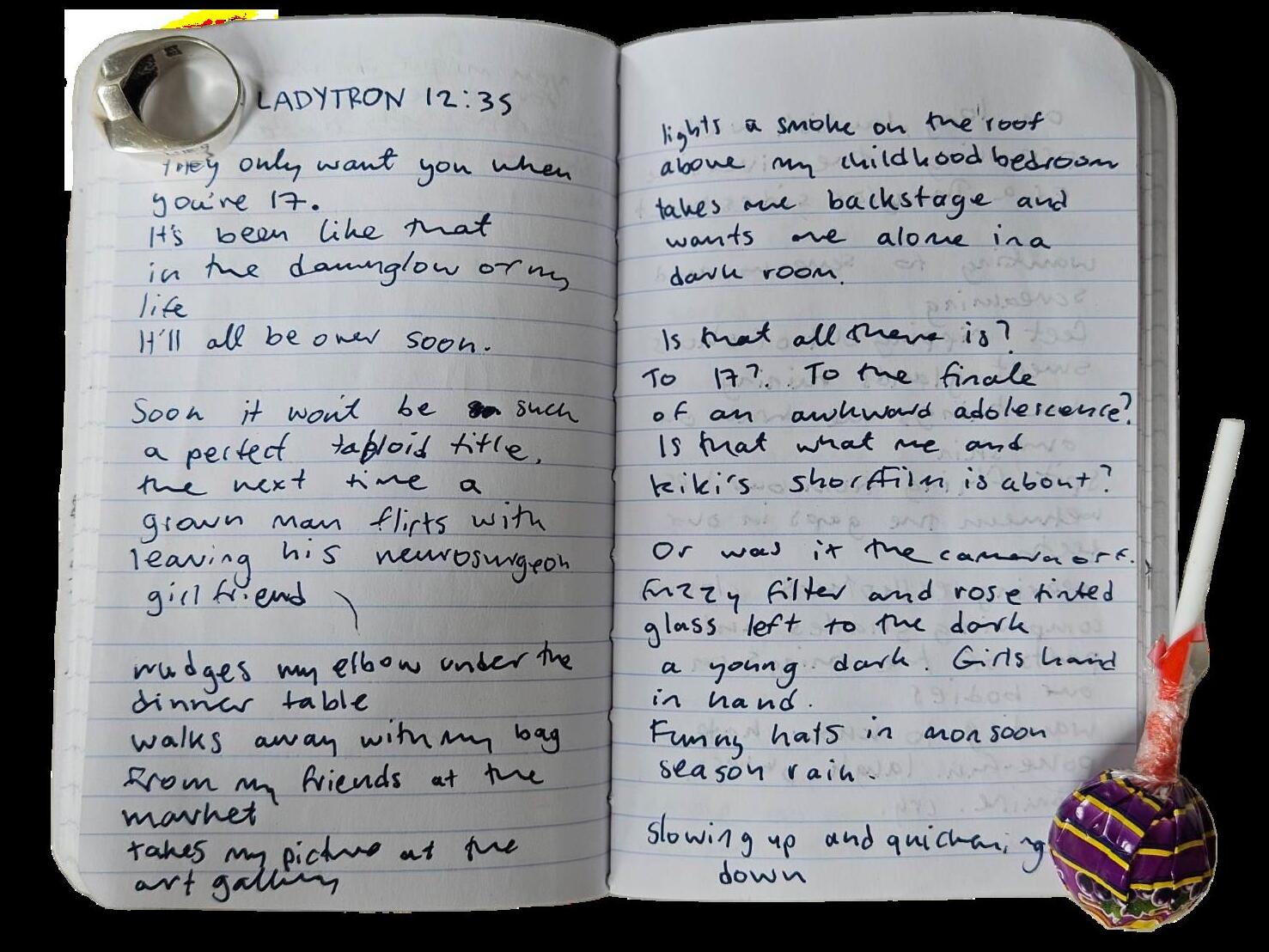
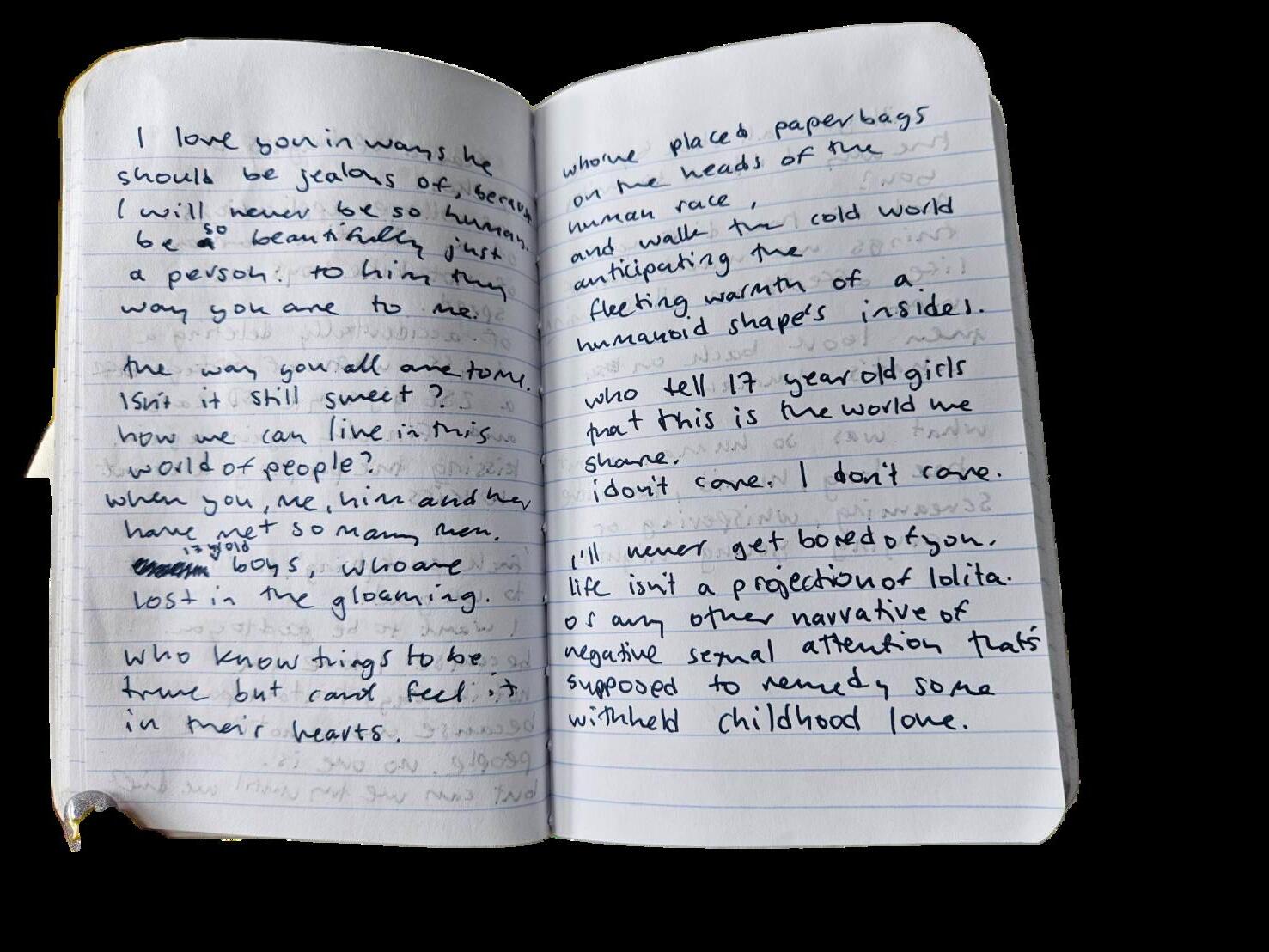

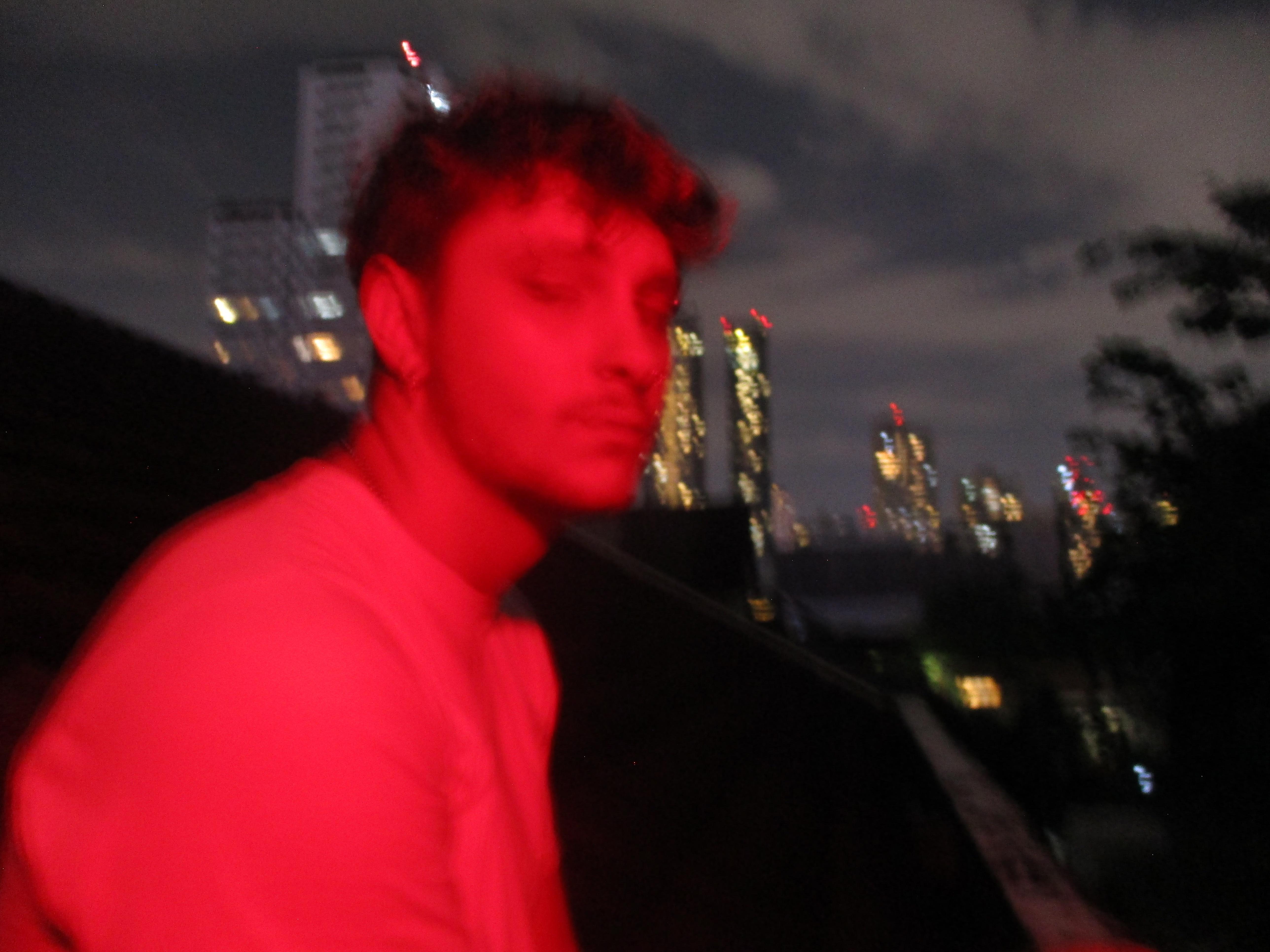
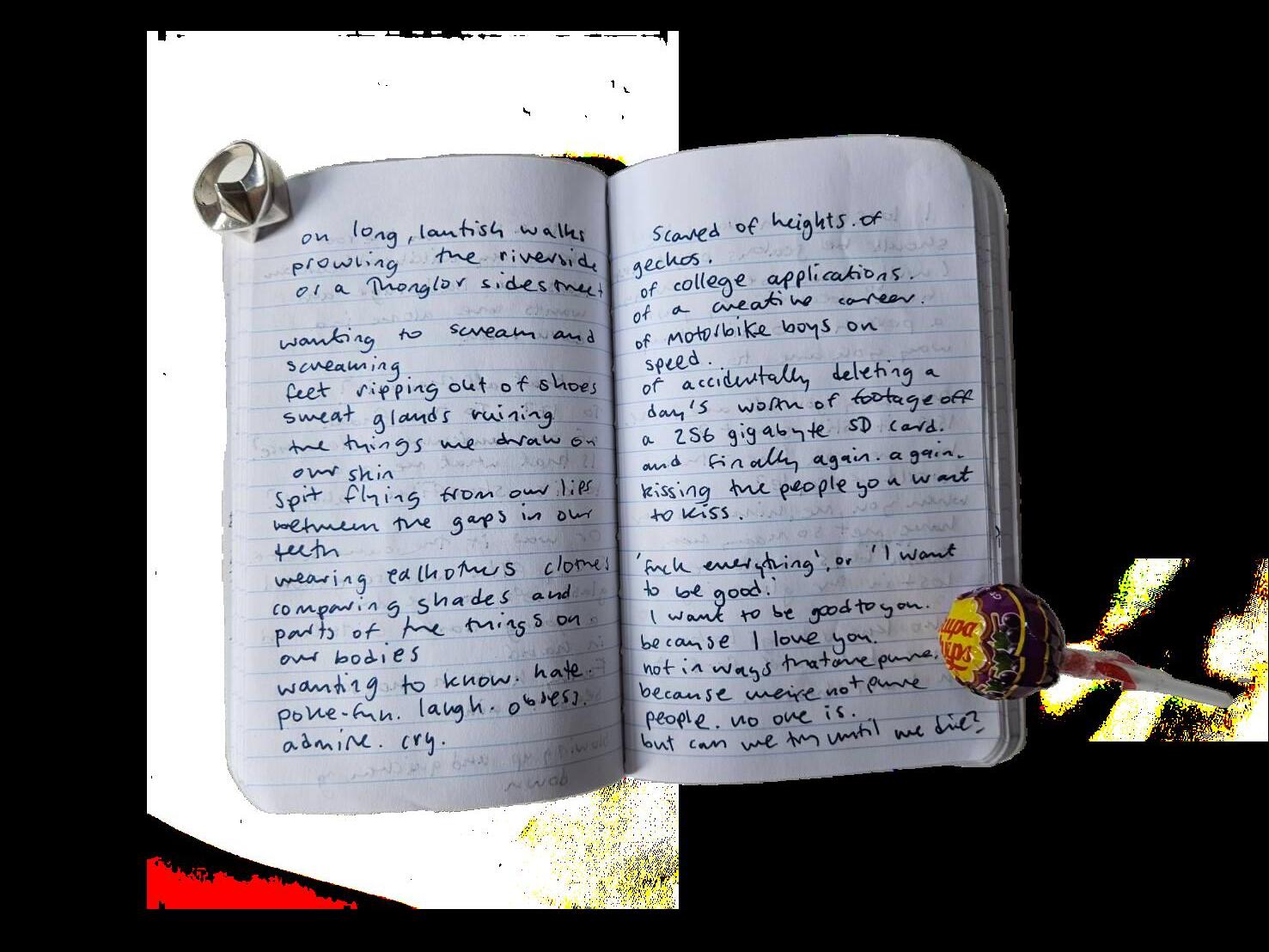

written by kamori osthananda
Man Suang: exploring art direction
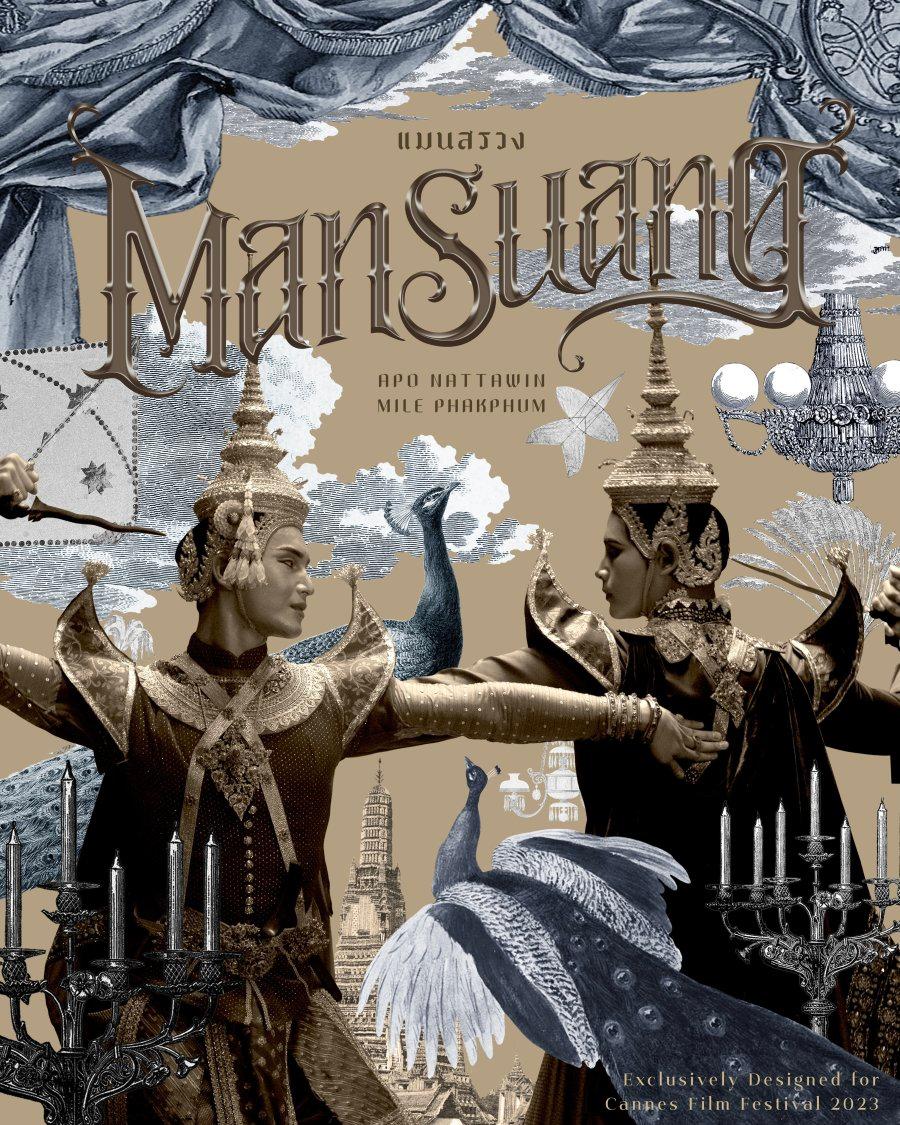
The Temple of Dawn stands incomplete, alluding to the year 1850, and provides a backdrop to a story set in the then Kingdom of Siam seldom explored in Thai cinema, with the exception of an up and coming film: ‘Man Suang’. The film, which recently premiered at the Cannes Film Festival, approaches 1850s Thailand through distinctive artistic direction – with ardent gravity of multiculturalism as a byproduct of foreign trade and eclectic reimagination of literary brilliance amidst reformation of the nation-state. Historically, an estimated 300,000 Chinese residents, many of whom had immigrated over to Siam two generations prior, were present in the nation The initial governmental response to the management of these communities was the amalgamation of community leaders into the bureaucracy, in order to integrate the conduct and welfare of these communities as part of the responsibilities bestowed upon such leaders However, this effort soon faltered due to growing variety of these communities This administrative shortcoming is perhaps echoed in an ensemble of artistic elements present throughout poster sequences within the film, wherein proxemics were used to indicate relationships between ideas The year 1855 observed the inception of the Bowring treaty as well as parallel agreements that stimulated market economy and placed tension on the old administrative system due to extraterritorial rights granted to foreign citizens – especially the right to be tried by their respective consuls as opposed to Siamese courts The artistic direction of Man Suang parallels these cultural clashes: candleholders bearing the resemblance of European influence, the traditional Thai star-shaped kite, and Thai hanging flower garland which mirrors the juxtaposition of pressure to define one ’ s sovereignty or local livelihood to institutional decorum The ‘nation’ of Siam consisted of peoples and lands which varied in religion, culture, language, history, and traditions The Bangkokian tongue was mutually unintelligible to that of Chiang Mai’s The artistic direction of ‘Man Suang’ does not shy away from probing the vicissitudes of then Siam, at its turning page
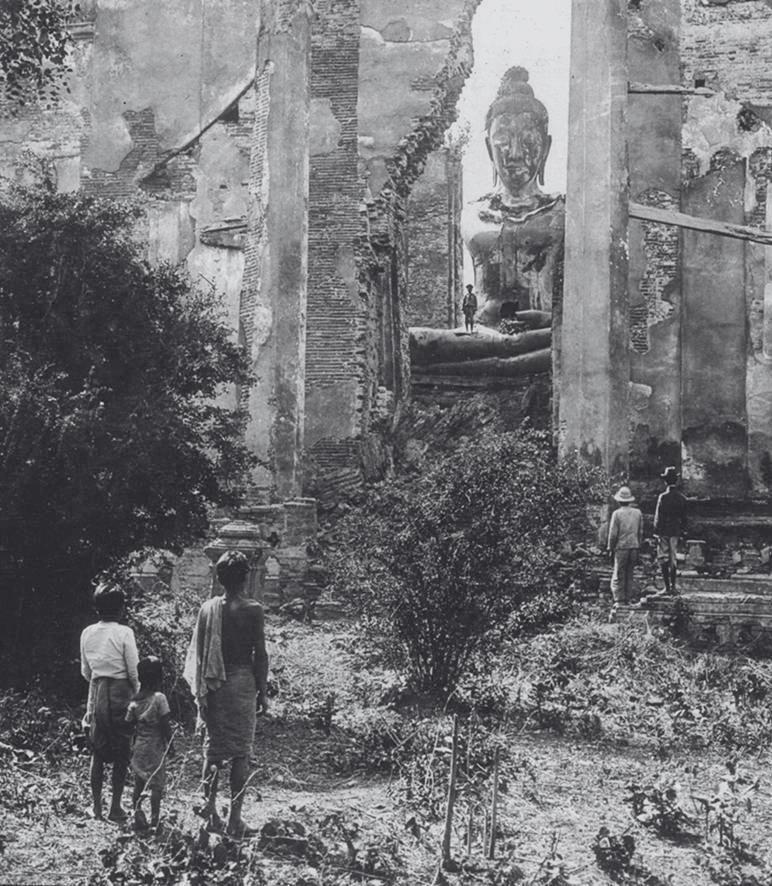

Indonesia was one of the most crucial countries in the Southeast Asian region during the cold war The United States had commercial, political, and military interest in maintaining hegemony in Indonesia due to its strategic geographical positioning across key sea-lanes that delivered oil to the U S and bountiful natural resources, of which many estates were owned by American investors American covert action in Indonesia, using financial and internal political means, driven by the desire to contain communist influence in Southeast Asia and to maintain American commercial stockholdings in Indonesia, played the largest role in toppling Sukarno from his democratically elected seat of power
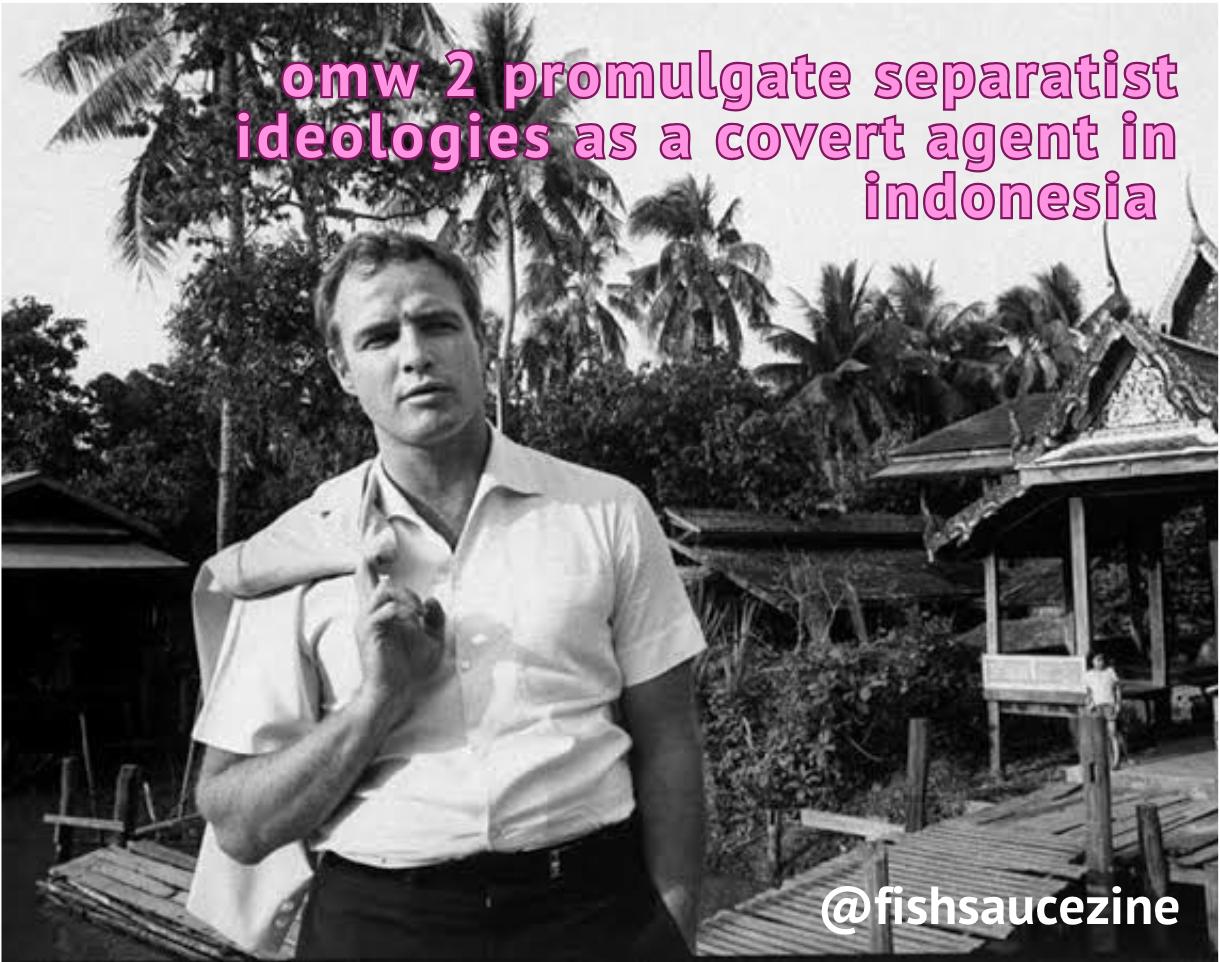
Quick rundown!

Sukarno: 1st president of Indonesia (1945-1967). Lead independence from Dutch colonialists and rejected US hegemony in SEA (“Soviet-Indonesian General Agreement” signed in 1960 between Khrushchev and Sukarno: friendly relations + concessionary loan of $250 million)
Suharto: military general, president (1967-1998) following a coup which deposed Sukarno. Implemented the "New Order", staunch anti-communist, right-wing political ideology which aimed for: political order, economic development, and the removal of mass participation in the political process.
Non-aligned movement: founded 1961: 120 countries not formally aligned with or against any major power bloc (western or eastern) Sukarno was a “heavyweight in the nonaligned movement” (H W Brands, 1989)
American Sponsored Militarism in Southeast Asia: ex. financial assistance provided by the International Monetary Fund (IMF) during the late 1960s and early 1970s to Suharto's gov Separatist Ideologies: Eisenhower administration’s covert paramilitary support of separatist rebels such as the Atjehnese Islamic rebels and the Kahar Muzakar rebels in the Indonesian Regionalist Rebellion of 1958 'Guided Democracy' (and its breakdown): Sukarno's 'Guided Democracy' suffered a breakdown; common people and upper classmen increasingly viewed his regime as authoritarian and unstable (inflation rose from 40% in 1960 to 1,136% by 1966) references: Ragna Boden, 2008 “Cold War Economics: Soviet Aid to Indonesia ”
Gestapu or September 30 Movement: on September 30th, 1965, a group of six leading, pro-Sukarno army generals were arrested and murdered by a group of army officers under the justification of “preempting a CIAsponsored coup ” . The next day Suharto, a high-ranking military general, assumed power in government, succeeding Sukarno despite publicly stated efforts of the military to defend his position Prior to the Gestapu, CIA agent Guy Pauker had urged his Indonesian military contacts to assume “full responsibility’ for their nation’s leadership” and to “fulfill a mission” and hence “to strike, sweep their house clean”.
Today, SEA still has its weak democracies and military-controlled governments. In Thailand, army generals as prime ministers, anti-communism and tyranny was a trend from the conception of Thai democracy, ie the shift from absolute monarchy to 1st prime minister Phraya Mano and his implementation of the 'Anti-Communist Act' which saw the entire Central Committee of the Communist Party of Siam arrested & imprisoned and press banned Early "democracy" in Thailand reflects Sukarno's 'Guided Democracy' subsuming all political parties (adopted by presidential decree on July 5, 1959) too, but personally, the question remains: did American funding of military & oppressive groups exacerbate political, economic and ethnic instability, promote state violence or set back democratic progress and development in SEA? All for the maintenance of American hegemony in the region?
Jaechun Kim, 2002 “U S Covert Action in Indonesia in the 1960s: Assessing the Motives and Consequences ”
H W Brands, 1989 The Limits of Manipulation: How The United States Didn t Topple Sukarno
Herbert Feith and Daniel S Lev, 1963 The End of the Indonesian Rebellion
Peter Dale Scott, 2015 Still Uninvestigated After 50 Years: Did the U S Help Incite the 1965 Indonesia Massacre?
Brian Benoit, 2017 Lifting the Bamboo Curtain: The Rise and Fall of “Guided Democracy” and the Indonesian Communist Party
Daniel S Lev, 1971 "The United States and the Indonesian Army: A Study of Aid and Influence"
William Stanley, 2008 "Aiding and Abetting: U S Foreign Assistance and State Violence"





